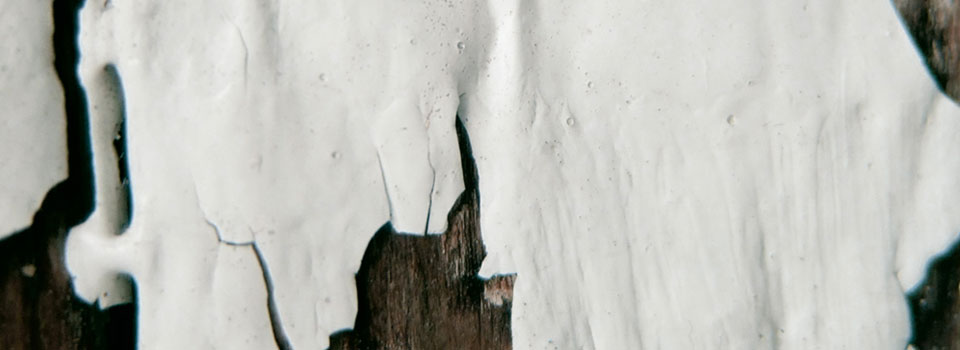
[soundcloud url=”http://api.soundcloud.com/playlists/1006140″ params=”auto_play=false&show_artwork=false&color=8994a0″ width=”100%” height=”200″ iframe=”true” /]
BUY »
 Canadian musician, Damian Valles has been performing for more than a decade with bands that run the musical gambit from punk, post-hardcore and math rock to electronic and post-rock. Over the last two years he’s concentrated more on solo work, creating experimental ambient and drone based soundscapes.
Canadian musician, Damian Valles has been performing for more than a decade with bands that run the musical gambit from punk, post-hardcore and math rock to electronic and post-rock. Over the last two years he’s concentrated more on solo work, creating experimental ambient and drone based soundscapes.
With several releases already under his belt (a number of limited CD-R’s, a cassette, two Netlabel releases, and several compilation appearances), Skeleton Taxa, is Valles’ seventh release to date. It’s also his first “proper” full length CD and his first for the Drifting Falling imprint. Mastered by Taylor Deupree (12K), Skeleton Taxa is a return to sounds first explored on his debut release, Count(r)ies (Under the Spire), but with an even stronger emphasis on instrumentation and song structure as opposed to the drawn out drones and ambient pieces he’s explored in his recent work. Most of the tracks fall under five minutes and tend to have clear “parts” and passages, heavily guitar oriented with spatterings of piano, organ, field recordings and a healthy dose of percussive backdrops. The ambience and dronings are still present, but are there to fill out and carry the sound, rather than dominate the piece. Also, a new element is present on this release, the human voice, with samples and recordings of dialogue, manipulated or not, strewn throughout the course of the album. The track, “Bell And Arc”, features vocals by Damian’s wife, Heidi Hazelton.
Says Damian, “I feel like it’s my most accomplished work to date. The concept behind Skeleton Taxa is as a collection of individual pieces that work better as a whole, a patchwork of sorts. Some of the tracks have been sitting dormant for months to years, some are reworked tracks from a previous life, and some are fresh out of the box; hints of traditional song compositions intertwined with sound collage that, somehow, seem to fit together to create a cohesive ‘entity’ or ‘body’.”
